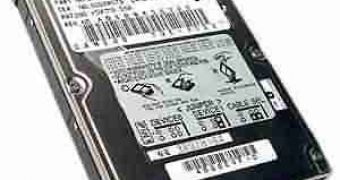The computer hardware industry's current trend is to make everything faster, better and more energy efficient. Cheaper, no, in fact yes, after a period of high and average selling prices. There are a few hardware parts inside a computer that are getting bigger and bigger, in relative terms of performance, every day. The processors are a prime example of this situation, with memory modules and hard disk drives coming right behind them. This trend is making everything bigger and faster, being driven by users and software producing companies. According to the company ComScore, cited by the news site ComputerWorld the current industry trends put "the average system on a trajectory for more memory-intensive, multimedia uses".
To better visualize the consumer intentions regarding their planned hardware upgrades, additions and replacements, ComScore, as a market research firm, is using data provided by more than 2 million computer users, so it is able to track "hardware changes month to month". And the consulting and market research company reached some interesting conclusions, as the "percentage of systems with hard drives between 70GB and 99GB stood at 22% in January", but at the next survey, and for a period on three more months, the percentage of computers that had close storage capacities grew to 23.5%, 24.7% and 25.9 percent. The increase in the storage capacity trend is even better put in the spotlight when we see that the number of systems using the older 30GB to 49GB hard disk drives dropped from 36.3% to 34.8 percent.
According to the numbers registered by ComScore, the percentage of computer systems with at least 70GB of storage capacity jumped from 33% to 39 percent over only a three-month period. Just as the hard disk drives climbed the capacity ladder at a steady pace, so did the RAM memory, as the percentage of computer systems equipped with 1GB or more jumped from 7.2% in January to over 11 percent in April. "That's actually quite a bit of change in a matter of a few months," said Andrew Lipsman, an analyst at ComScore, who was cited by the site ComputerWorld.
Despite the fact that there is an increasing number of computer systems with high amounts of RAM, most of the computers still stay in the range between 256MB and 512MB. "ComScore's findings seem to reinforce other industry reports that lower memory prices and Microsoft's new operating system Vista have boosted RAM use overall. The Semiconductor Industry Association reported last month that semiconductor revenues have been rising despite falling prices".

 14 DAY TRIAL //
14 DAY TRIAL //